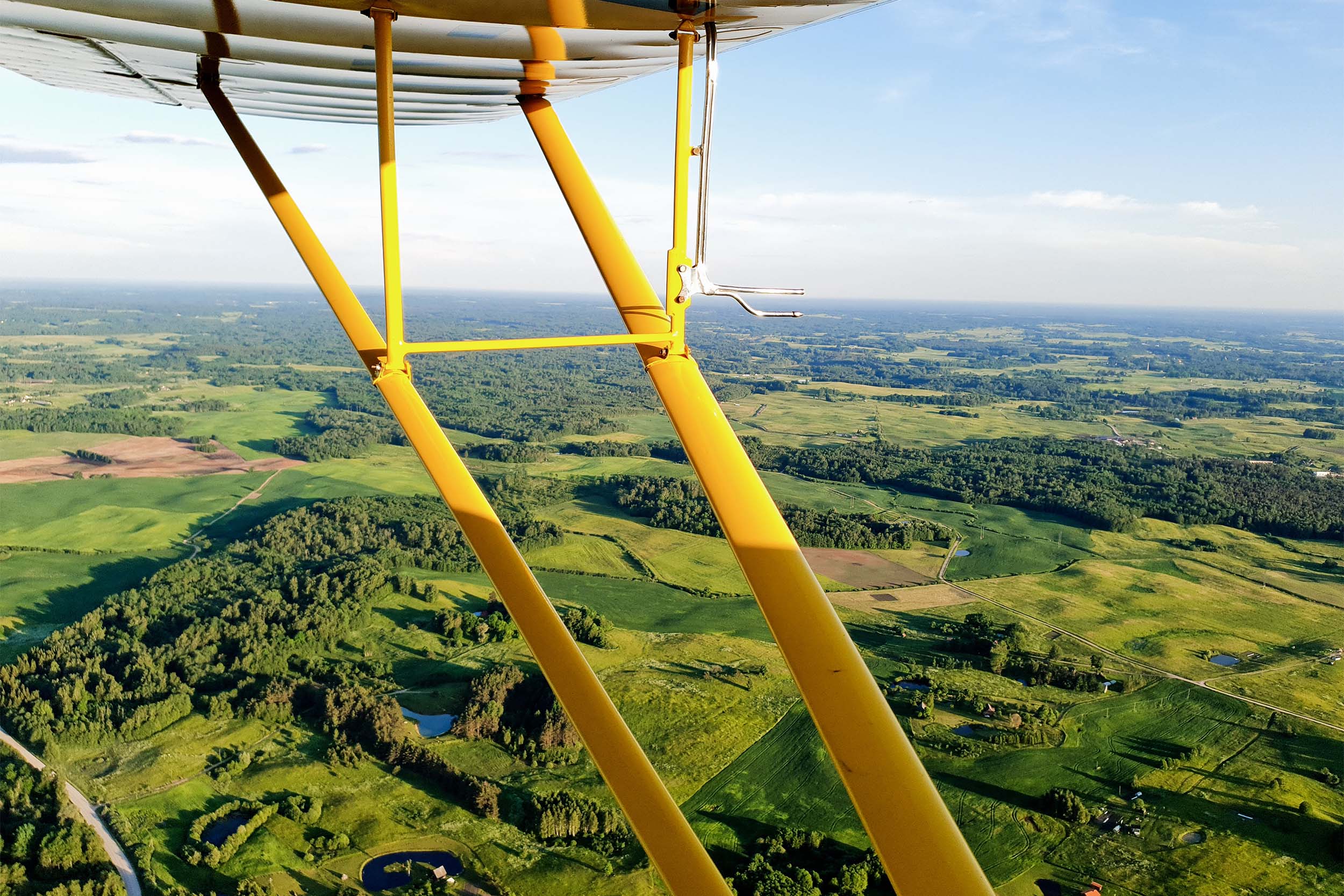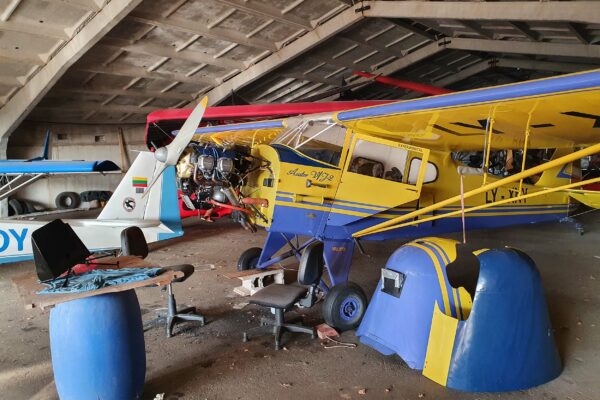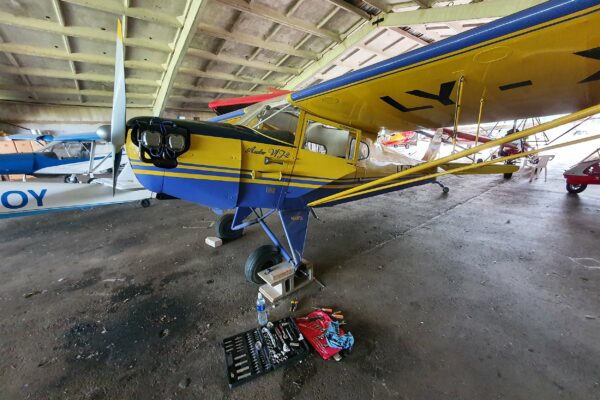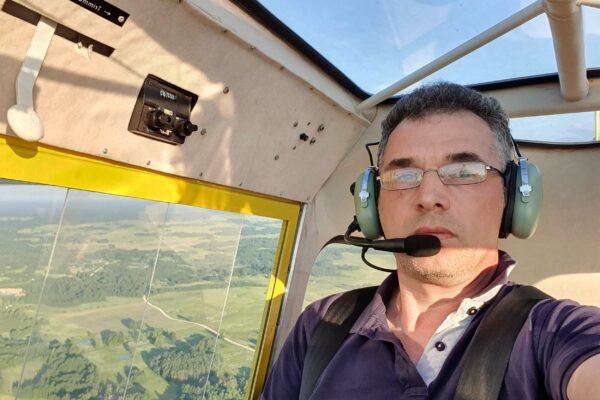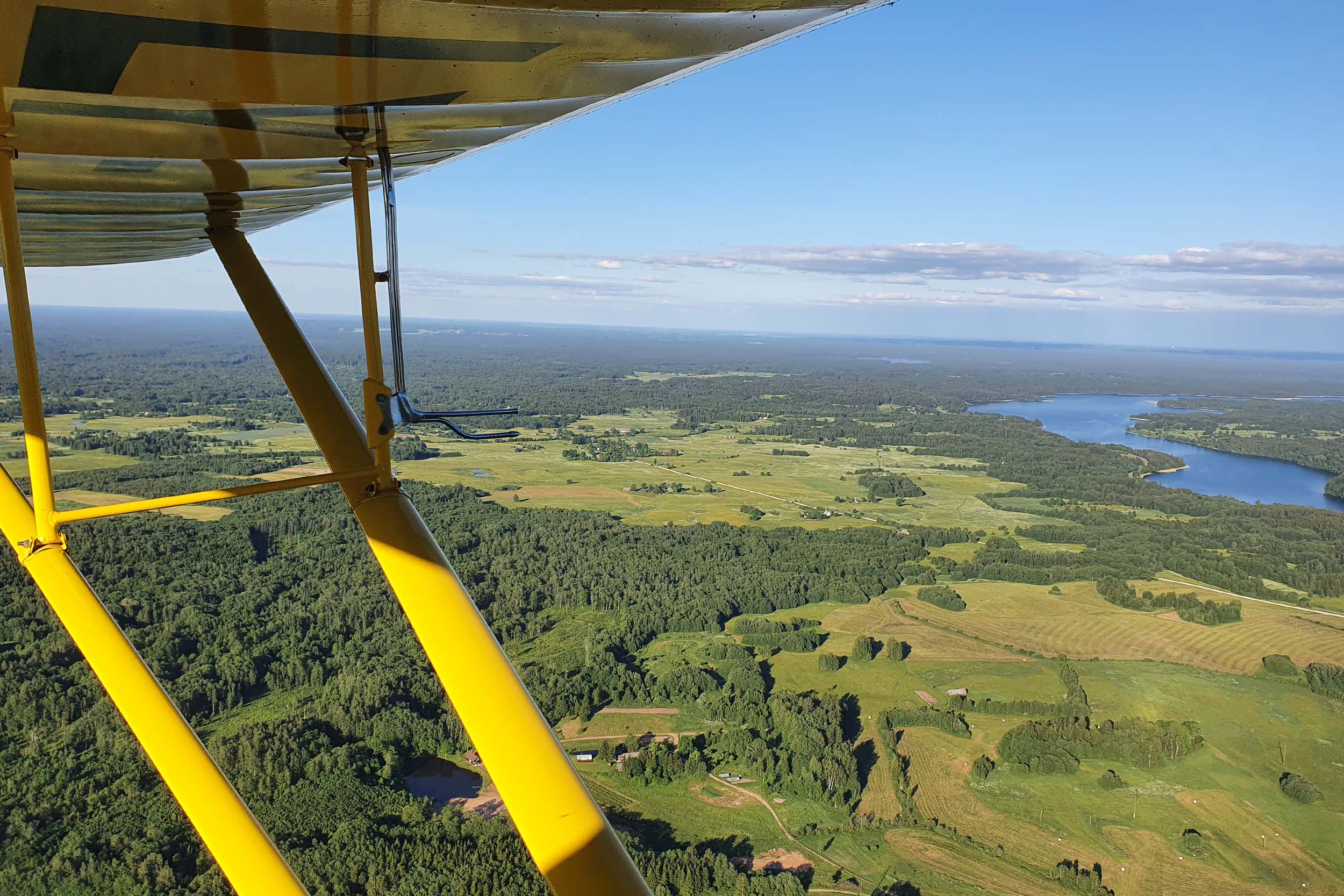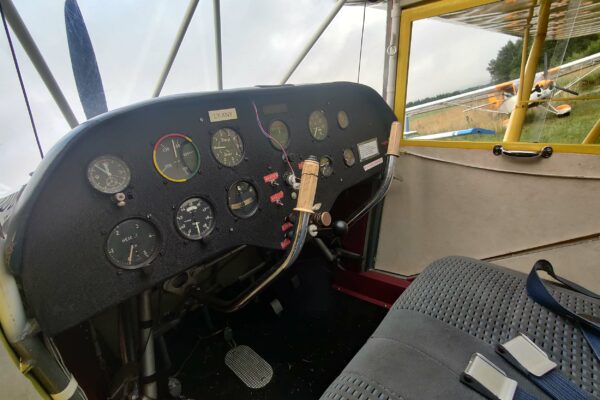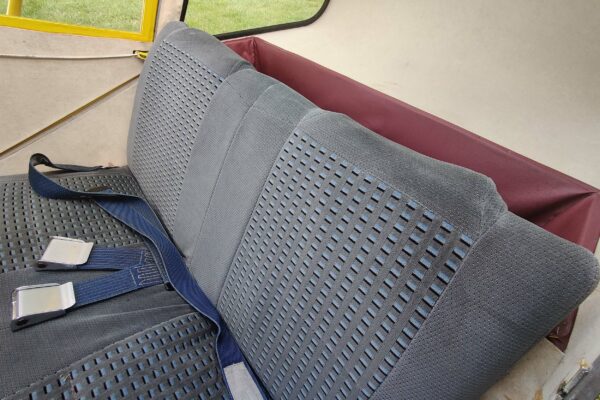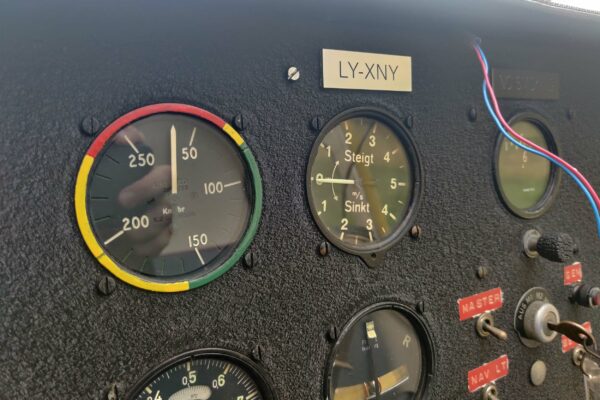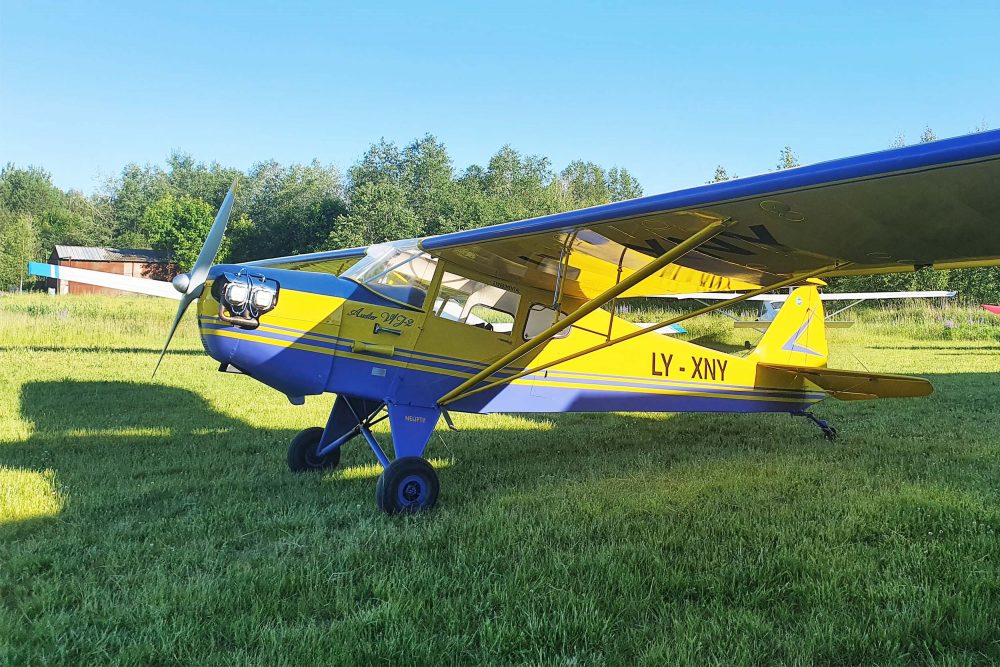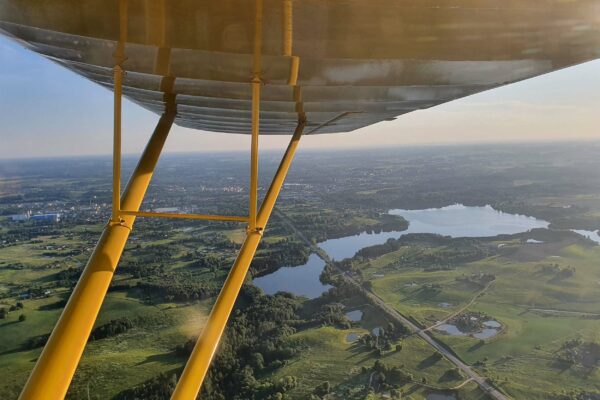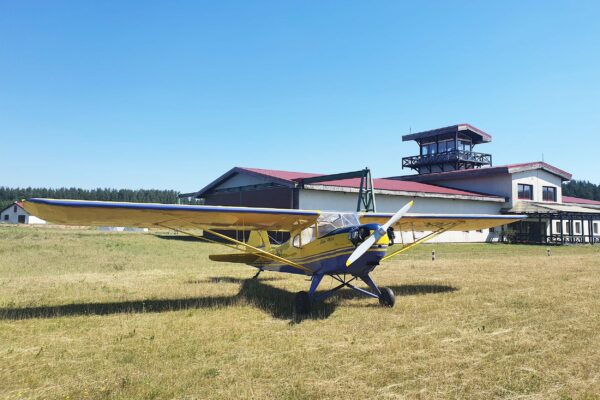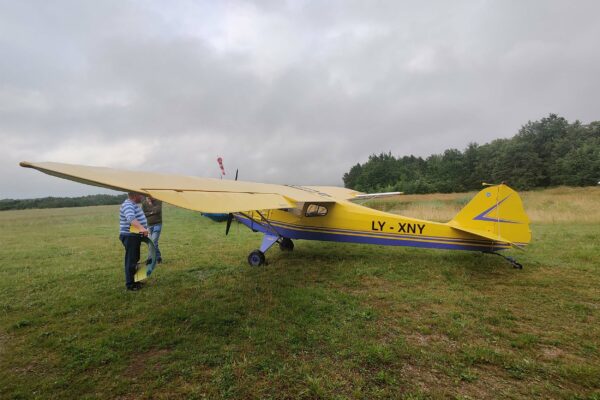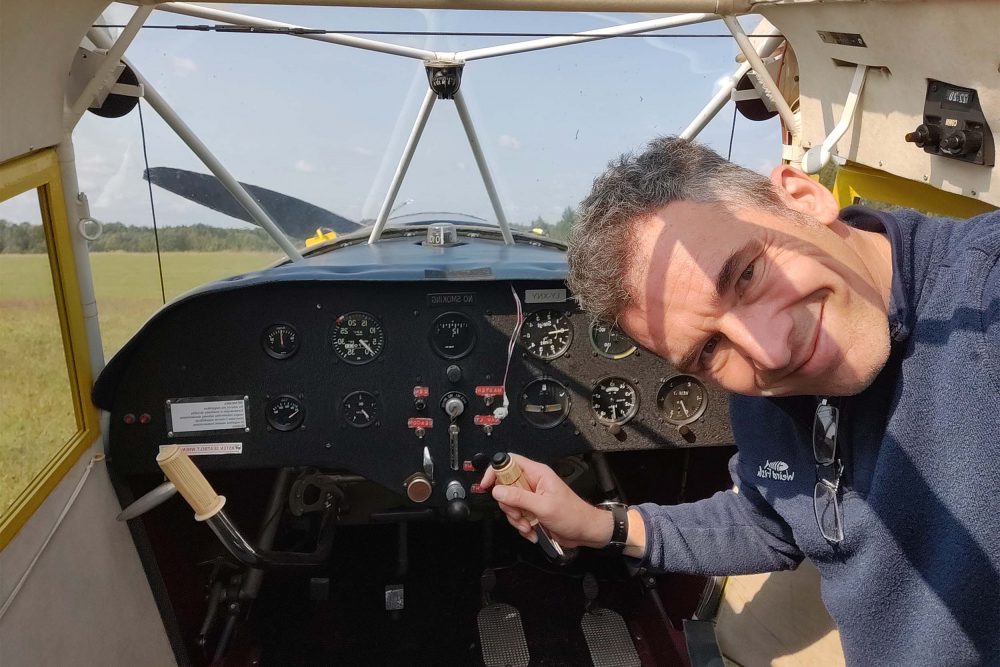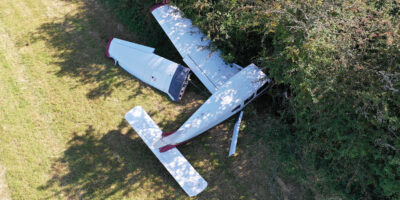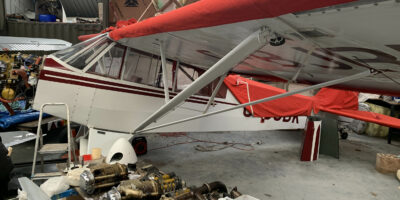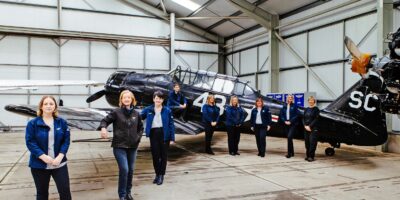And then, there’s Druskininkai, a bumpy strip in the spa town where half of Eastern Europe ‘takes the waters’. Druskininkai sits close to Belarus, and as you tune into Flight Information, you share the frequency with Belarusian MIG pilots on their training sorties.
On air, it’s all a bit crazy and, in a mix of English and Russian, goes like this:
♦ Kaunas Information, LY-XNY, request flight information service.
♦ Lined up for the bomb run, 028!
♦ 28, cleared for the bomb run!
♦ LY-XNY, hello.
I’ve often wondered if it was one of those MIG pilots who forced the Ryanair Boeing to divert to the Belarusian capital Minsk, just so that the arrest could be carried out on one of its passengers, the independent journalist Roman Protasevich?
Right in the middle of the country sits Kaunas, another medieval town, with winding narrow streets, great food, and talented buskers. It has two airfields: Kaunas International (landing fee: €3) and Kaunas Darius and Girenas, a GA field with more than 1,000m of tarmac.
This airfield is named after Steponas Darius and Stasys Girėnas, two pilots from the 1930s who sit right at the top of Lithuania’s national pantheon. Their portraits, along with a picture of their aeroplane, adorned the national currency before Lithuania switched to the euro. Darius and Girėnas attempted the country’s first transatlantic flight in 1933, but crashed just 400 miles short of Kaunas (the country’s capital at the time).
And then, there is all the gliding. At the vast field in Pociunai, the Lithuanians produce some of Europe’s best soaring machines. The sport is so popular that, as you drive on the country’s A1 motorway, you pass an advertising billboard which has a complete Blanik attached to it.


